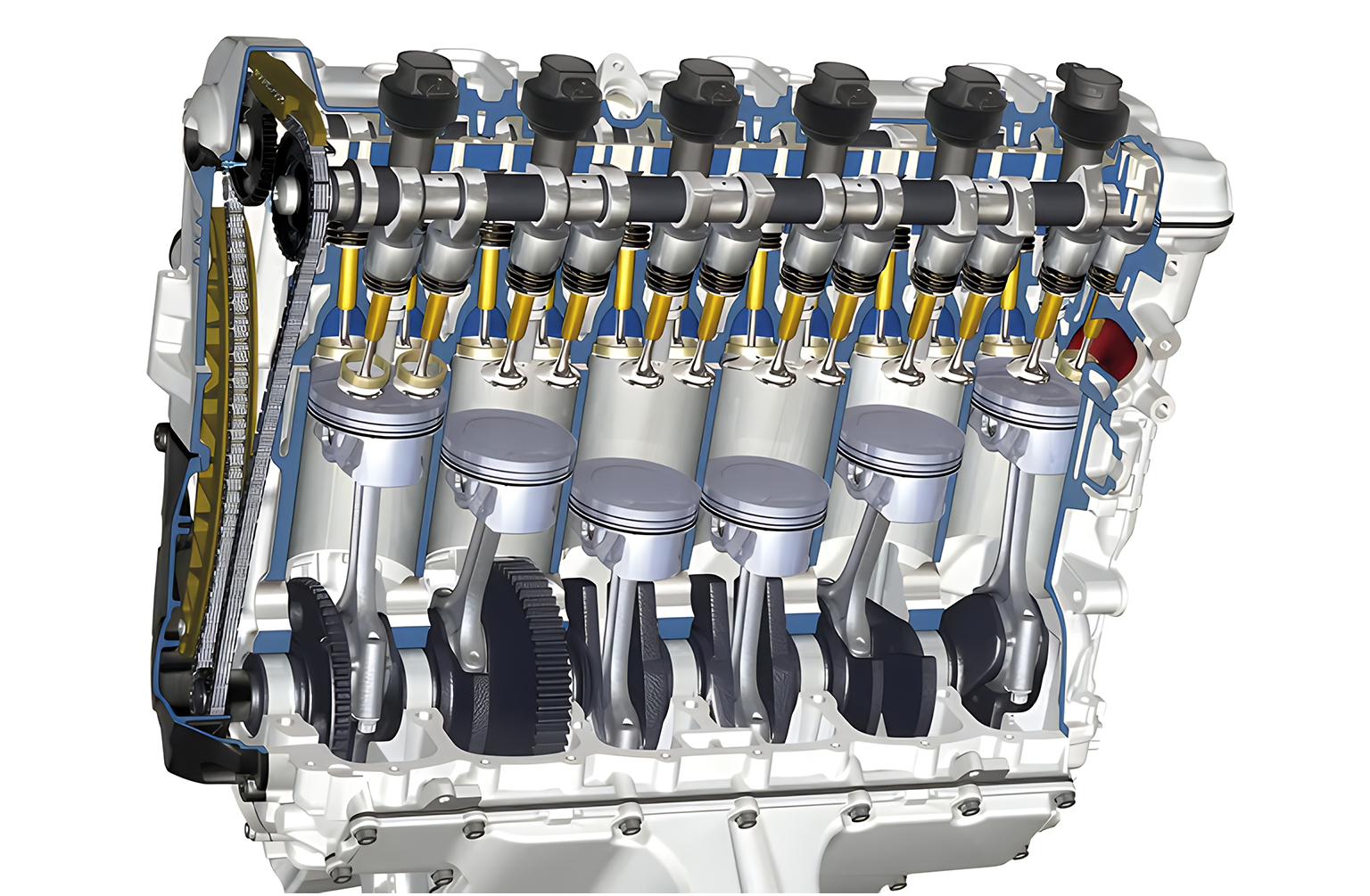
In this issue Blumaq will talk about intake and exhaust valves, however, before entering into specifics, we will contextualize these elements for a better understanding. An engine needs a means to distribute intake and exhaust gases, to control and move them through the collector to the intake manifold, combustion chamber and exhaust manifold. This is achieved through a series of mechanisms which form a system called distribution.
An internal combustion engine requires a fuel-air mixture that, when burned, moves the engine mechanisms. In the collector the air is filtered to be led to the intake manifold, where dosing of fuel mixture is done, through systems such as the carburetor or injection.
When ready, this mixture goes into the combustion chamber so that this gas is burned and thus transform thermal energy into mechanical one. After process is completed it is necessary that combustion gases leave the chamber and allow the cycle to repeat. To develop this process, the engine has to control gas inlet and outlet in each cylinder, this is accomplished through intake and exhaust valves that will be responsible for opening and closing the ducts at the desired times.
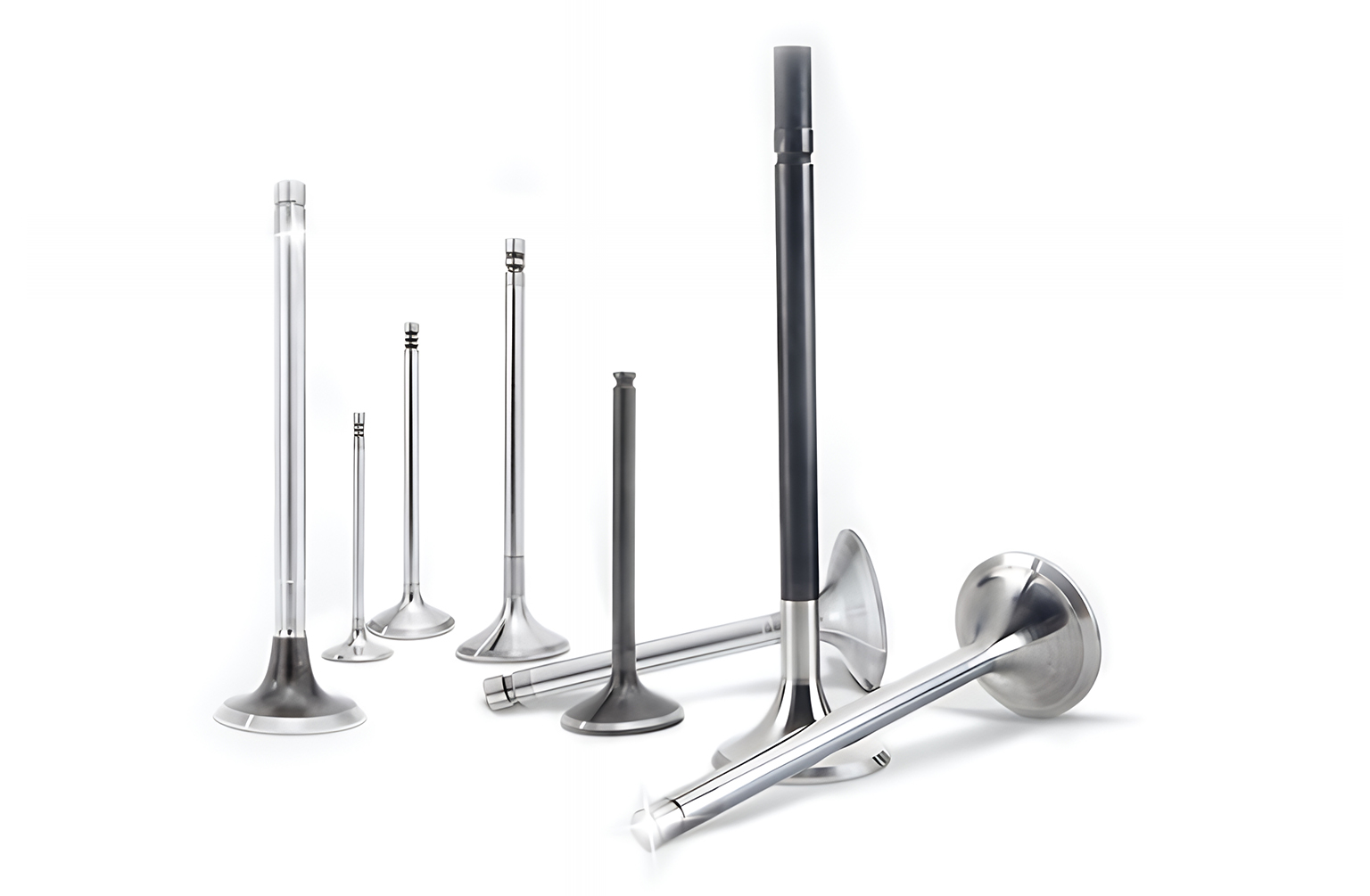
Engine Cycles
The operation of the four-stroke engine is comprised of four stages, these are:
Intake
For this stage, intake valve is opened, allowing the entry of air coming from outside and thus generating the lowering of the piston, as well as the movement of the conrod and crankshaft.
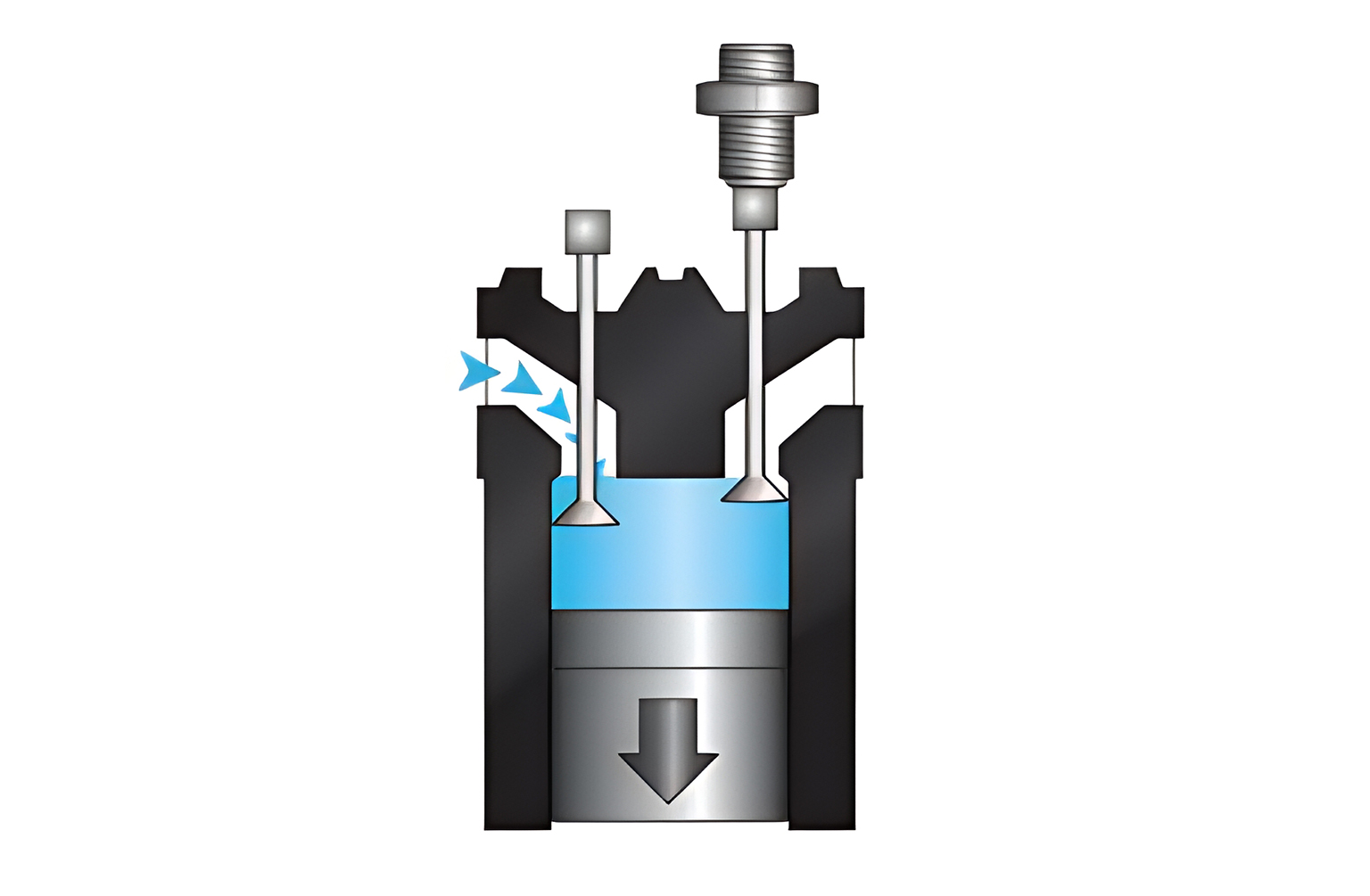
Compression
Both the intake and exhaust valves are closed during this stage. While the crankshaft turns, the conrod and piston raise, this allows the air injected in the intake stage increase its pressure a few times, at the end of the compression stroke the fuel and air at high pressure are injected.
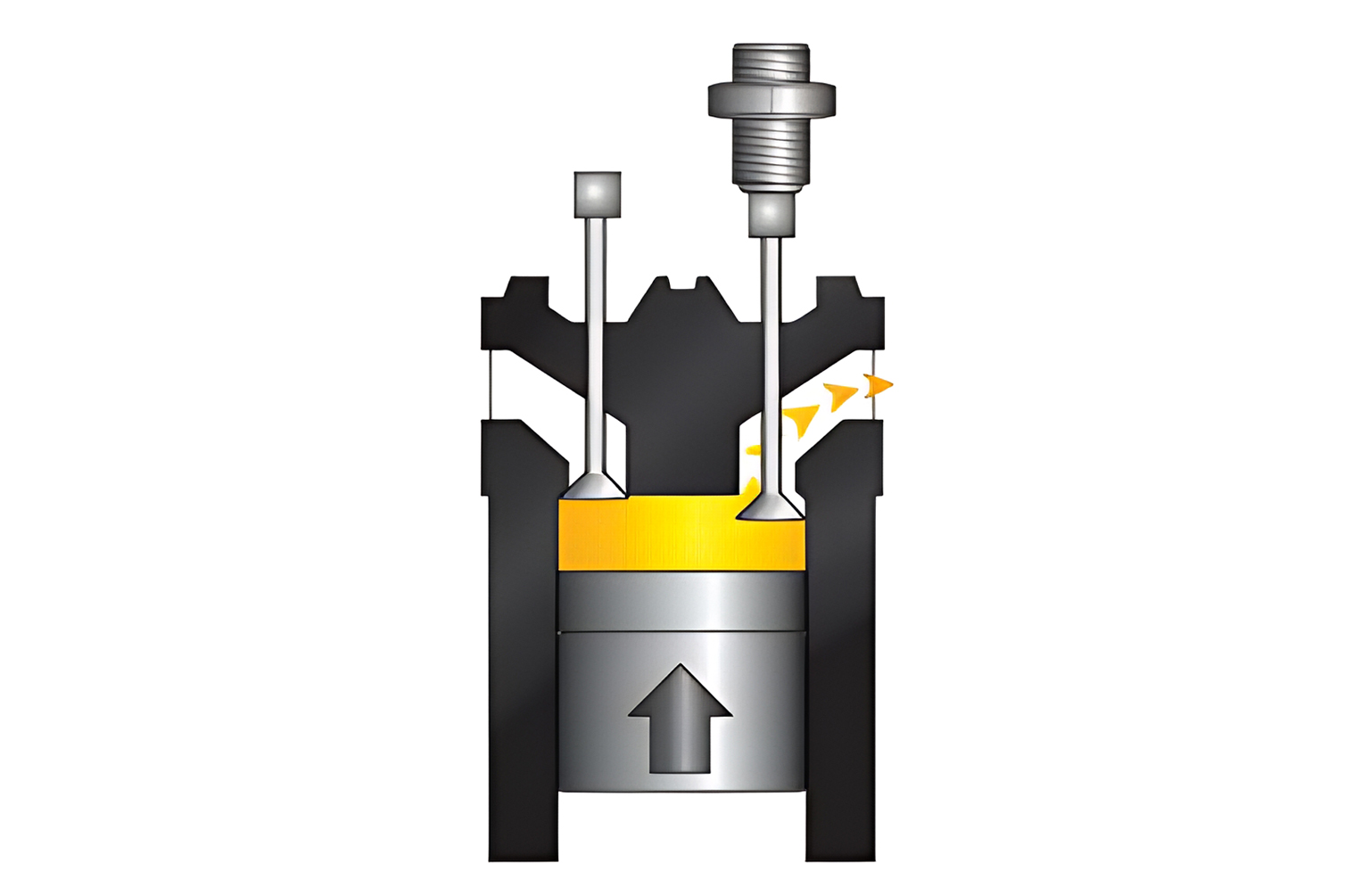
Power
In the power stroke, the piston begins to lower as the compressed air-fuel mixture is ignited by a spark plug, thus generating an explosion inside the combustion chamber.
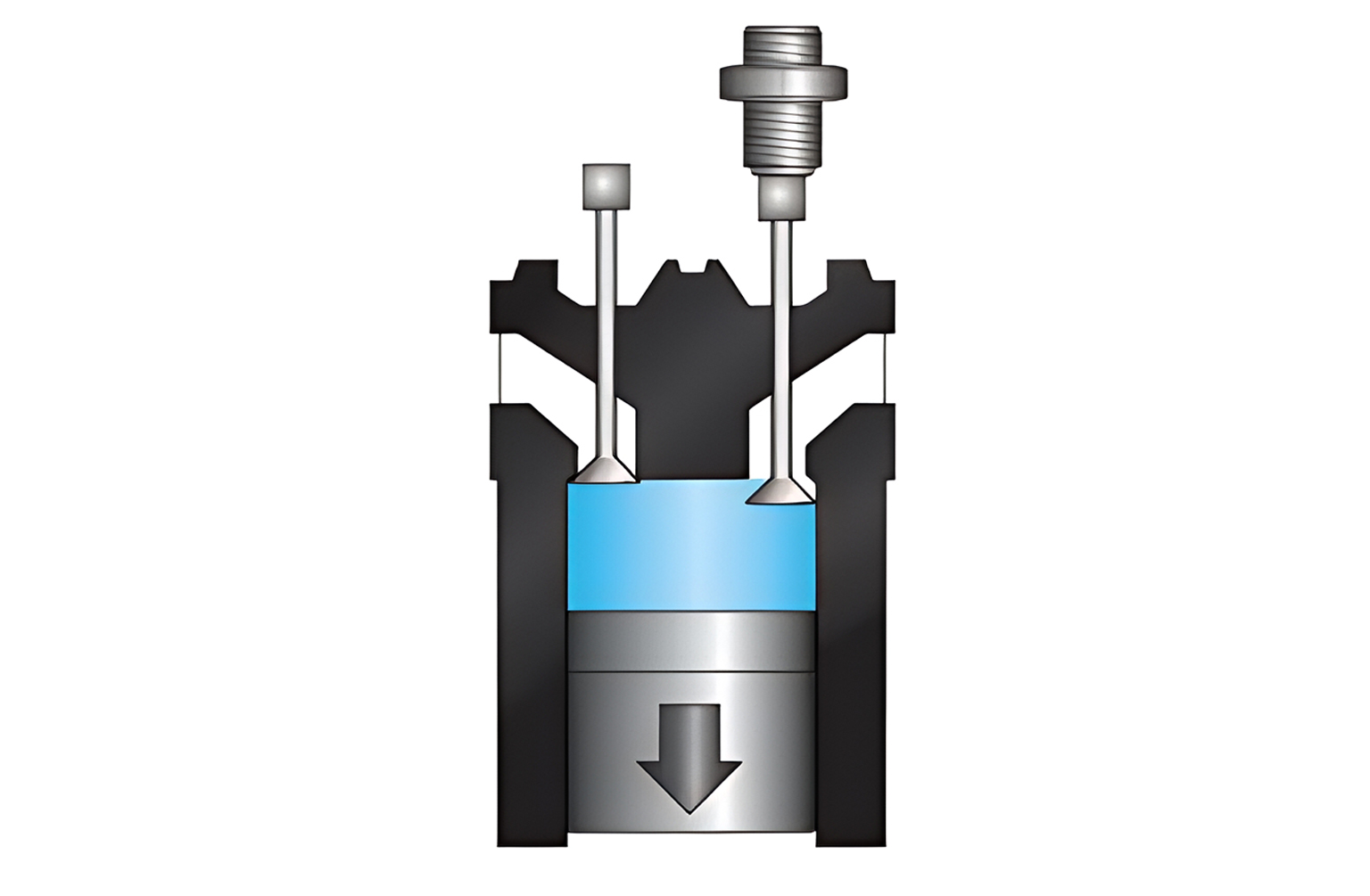
Exhaust
Finally, in this stage the crankshaft turns right, thereby moving the conrod so the piston can go back up while the exhaust valve is opened, and allows the combustion gases out through it.
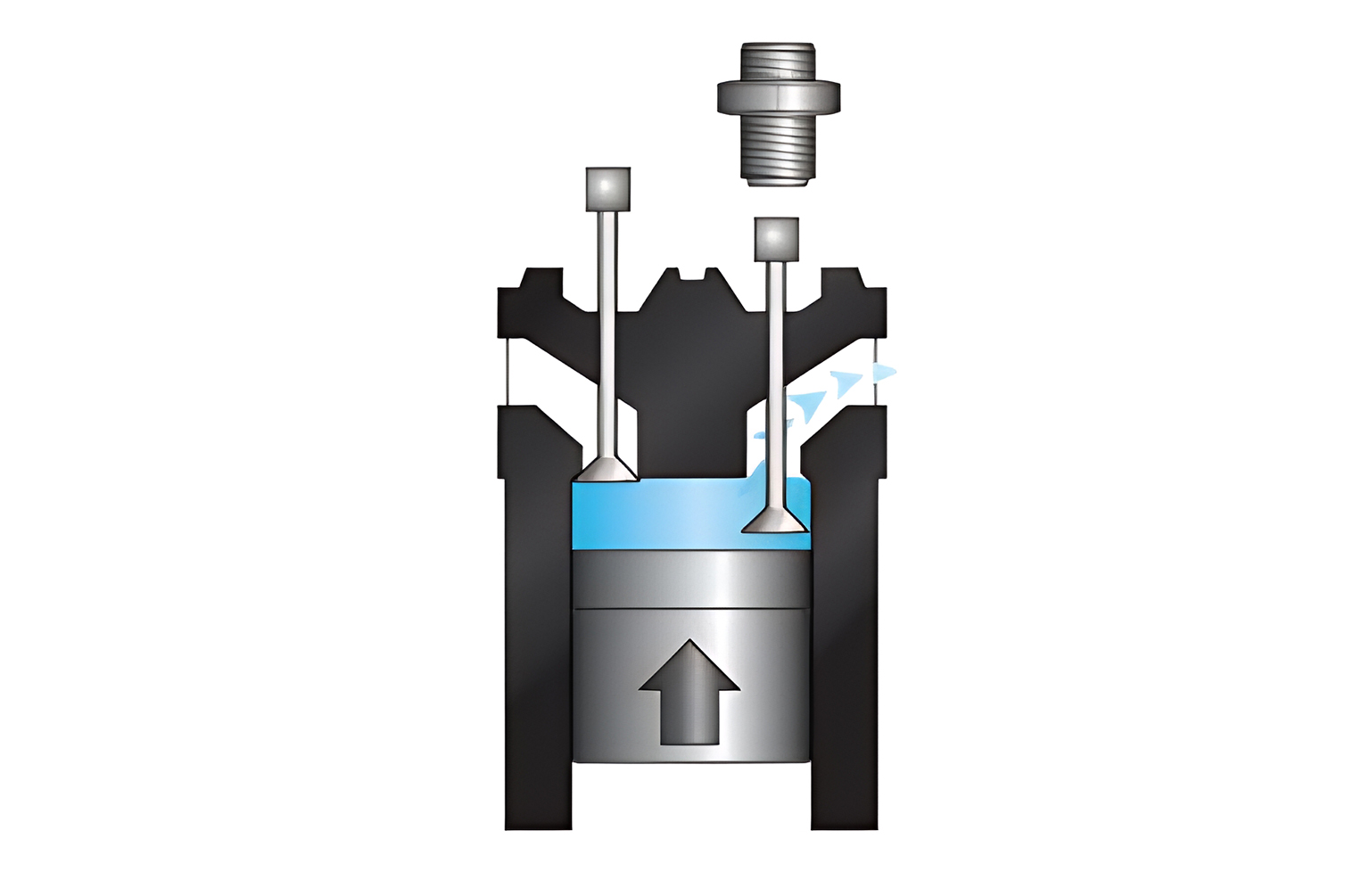
What Are Intake And Exhaust Valves?
Intake and exhaust valves are elements whose function is controlling a liquid or gas flow; those ones used in the intake and exhaust of a four-stroke engine are usually seat valves.
Which is the role of these valves? Valves are precision parts of the engine and have four very important tasks in motor operation:
- Blocking sections of the flow.
- Control of gas exchange.
- Hermetic closing of the cylinders.
- Dissipation of the heat that has been absorbed from combustion exhaust gases, transferring it to the valve seat inserts and valve guides. At temperatures up to 800ºC each valve is opened and closed up to 70 times per second and, during the useful life of the engine, supports an average of 300 million of load changes.
Features
Intake Valves
Intake valve has the function of connecting the intake manifold with the cylinder depending on the distribution time. Generally, they are made of only one metal, steel with chrome and silicon alloys which provide good resistance to heat and work. Some areas of the metal such as the seat, stem and head are usually tempered to reduce wear. The cooling of this valve takes place by its contact with the fuel-air mixture which largely dissipates its temperature generally in contact with the stem, and its working temperature reaches 200ºC to 300ºC.
Exhaust Valves
The exhaust valve is in constant contact with exhaust gases that are at very high temperatures, so they must have a stronger structure than intake valves.
The heat accumulated in the valve is released through its seat by 75%, it’s not surprising that it reaches temperatures of 800 ºC. Due to its unique function this valve must be made of different materials, its head and stem are usually made of steel with chrome and magnesium alloy because it has the great quality of resisting oxidation and high temperatures. The upper part of the stem is commonly manufactured from chrome-silicon. For thermal conductivity, hollow heads and stems filled with sodium are manufactured, as this material has the function of quickly transferring heat to the cooling zone, reducing head temperature up to 100ºC.
Type Of Valves
- Monometallic Valve: Manufactured rationally by hot extrusion process or die forging.
- Bimetal Valves: These make possible the ideal combination of materials for both stem and head.
- Hollow Valves: This technology is used on one side for weight reduction and on the other for cooling. Sodium-filled (melting point 97.5ºC), it can transfer heat from the valve head to the stem, through the stirring effect of the liquid sodium, and achieve a temperature reduction of between 80º to 150ºC.

Sponsored by
Blumaq
Blumaq delivers replacement parts and maintenance products for Construction and Mining Equipment.
With more than 100,000 part numbers in stock, Blumaq offers its customers the best possible service in the replacement parts industry. Thanks to a knowledgeable organization combined with cutting-edge technology, Blumaq is a dynamic organization that focuses on quality and experience. Our systems are designed around providing real time information wherever possible.
As part of our continuing emphasis to improve our processes, Blumaq holds ISO 9001:2015 certification.

